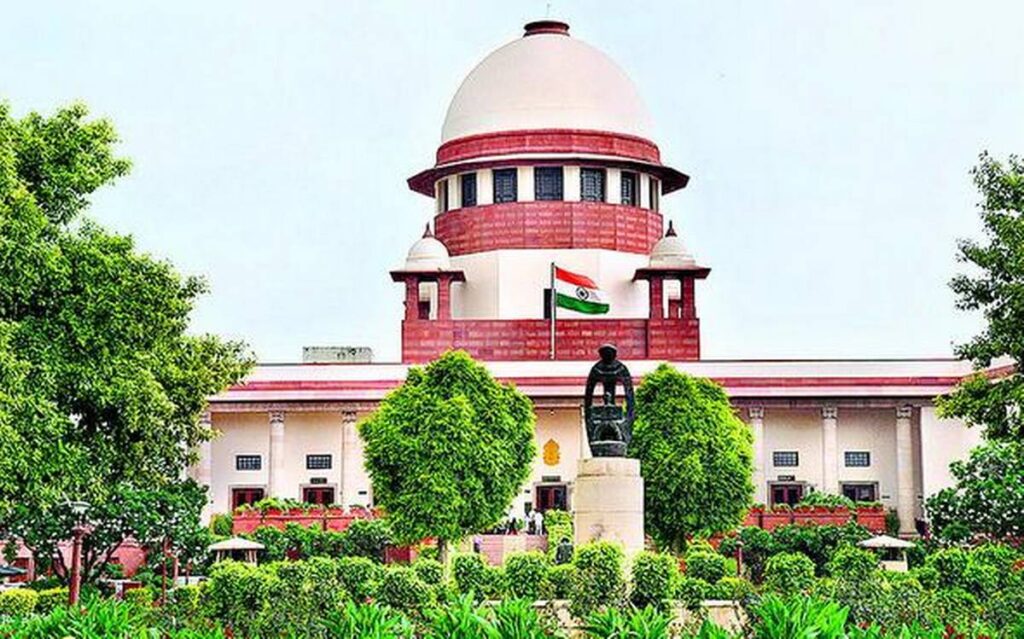
During the Maratha quota case hearing on Friday, the Supreme Court asked how many generations would reservations in employment and education continue, raising fears about “resultant inequality” if the overall 50 percent limit is eliminated.
Senior lawyer Mukul Rohatgi, acting for Maharashtra, told a five-judge Constitution bench led by Justice Ashok Bhushan that the Mandal judgment on quota capping needed to be re-examined in light of the new conditions.
Senior lawyer Mukul Rohatgi, acting for Maharashtra, told a five-judge Constitution bench led by Justice Ashok Bhushan that the Mandal judgment on quota capping needed to be re-examined in light of the new conditions.
He argued that, given the changing conditions, courts should leave it to states to set reservation quotas, and that the Mandal decision was based on the 1931 census.
Mr Rohatgi argued in favour of the Maharashtra law granting quota to Marathas, citing different elements of the Mandal judgement, also known as the Indra Sawhney case, and claiming that the Centre’s decision to give a 10% quota to individuals from economically weaker sections also violated the 50% cap.
“What is the notion of equality if there is no 50 percent or no limit, as you suggest? We’ll have to deal with it eventually. What are your thoughts on that… What about the inequity that results? How many generations are you going to keep going? “Justices L Nageswara Rao, S Abdul Nazeer, Hemant Gupta, and S Ravindra Bhat were also on the bench.
The bench stated that 70 years have passed since independence, and the states have implemented numerous beneficial programs, but “can we concede that no growth has occurred, that no backward caste has progressed?”
It was also stated that the intention of checking the Mandal judgment was to eradicate those who had emerged from backwardness.
“Yes, we’ve made progress. However, it is not true that the percentage of people living in poverty has decreased from 50% to 20%. This country still has famine deaths… I am not trying to say that Indra Sawhney is completely wrong, throw it in the dustbin. I am raising issues that 30 years have gone by, the law has changed, the population has grown, backward persons may also have increased,” Mr Rohatgi said.
Attorney General KK Venugopal told the Supreme Court on Thursday that the 102nd Amendment does not preclude state legislatures from enacting legislation identifying the Socially and Educationally Backward Classes (SEBC) and providing benefits to them.
Articles 338B, which deals with the structure, functions, and powers of the National Commission for the Backward Class (NCBC), and 342A, which deals with the authority of the President to inform a specific caste as SEBC, as well as the power of Parliament to modify the list, were introduced into the 102nd Constitution amendment Act of 2018.
The top court was told on Wednesday that the Marathas have been dominant “socially and politically” because nearly 40% of Maharashtra’s MPs and MLAs are from this community and that the entire theory that they were left behind and suffered historical injustice is utterly flawed.
The Supreme Court is currently hearing a slew of cases appealing the Bombay High Court’s decision upholding the state’s quota system for Marathas in admissions and government employment.









